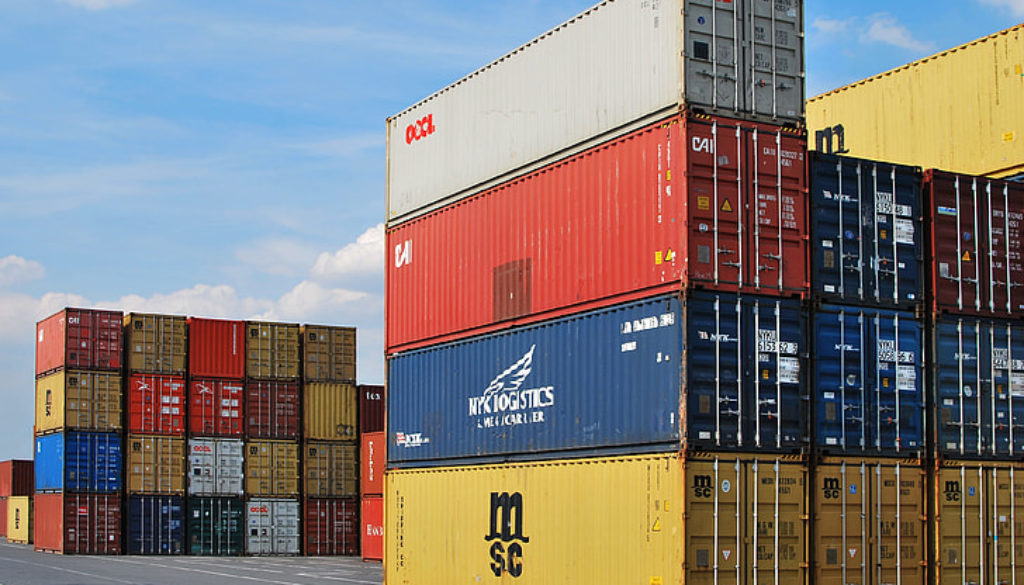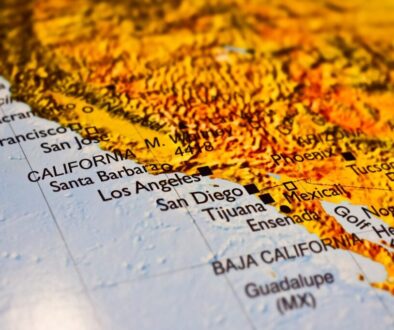US companies are increasingly turning to nearshoring in Mexico
There is continuing speculation as regards to how the world will be in a post-COVID-19 environment. Will people return to crowded restaurants, sporting events, and other high-profile public places? Will workers return to their offices, or will they continue to work from home? It is a near certainty that the coronavirus pandemic will leave an indelible and lasting impact on these behaviors. In addition to this, however, we also can also be sure that the spread of the COVID-19 virus will motivate manufacturers to increasingly turn to nearshoring in Mexico.
Nearshoring in Mexico brings production closer to home
According to Matt Brady, executive vice president, and Andrés Galvis, regional director of Latin American operations at the Ware Malcomb design company, it is clear that many foreign operations of US companies are examining prospects for manufacturing close to home, i.e. in Mexico. These activities will lead to a resurgence of nearshoring in Mexico in a post-pandemic world.
The presence of US manufacturers in Mexico is not a new scenario. The United States has relied upon its neighbor to the south to be a solid manufacturing partner since the 1960s. However, in the late 1990s and early 2000s, many US producers turned to China as a lower-cost alternative. As is the case with any business strategy, moving manufacturing to China had its pros and cons.
Companies found that one of the major risks associated with the production of goods in the Chinese marketplace has to do with the issue of product imitation. China’s rules and regulations in the area of intellectual property protection are notoriously lax or, even, absent at best. Often, Chinese made imitations of goods developed by US manufacturers appeared and undercut the prices of the latter and, as a result, reduced US manufacturers’ market share and profitability. Despite this, however, the cost of labor in China was so low that US firms were often willing to risk the long-term loss of intellectual property for immediate economic benefits.
Labor costs in China have risen in recent years
Nearshoring in Mexico became an increasingly attractive alternative to Chinese production when, beginning in 2015, the cost of labor in China began to rise appreciably. As the cost of labor rose, so did the cost of the products being manufactured in China. In addition to labor, companies manufacturing in China shouldered the considerable added cost of carrying more inventory. With the key component of a supply chain located an ocean’s distance away, the average time necessary for goods manufactured in China to reach busy ports in California ran from 30 to 40 days.
In contrast, today the cost of manufacturing labor in China is double that of Mexico and workers continue to demand more compensation for their efforts. With regard to the transportation of goods, Mexican made products can ship to the US via truck and rail in a matter of 2-3 days. Because of this, shorter supply chains that are in place result in manufacturers’ ability to reduce the size of their inventories, and, thus, reduce associated carrying costs. In addition to these two very important considerations, it is also relevant to additionally note that nearshoring to Mexico, rather than manufacturing in China, enables foreign investors to protect their intellectual property, as well as to avoid tariffs that the US government may have levied on Chinese made goods.
Prior to the emergence of COVID-19, the Trump Administration sought to renegotiate trade agreements with China. As a result of these efforts, the North American Free Trade Agreement (NAFTA) was modified and renamed the United States-Mexico-Canada Free Trade Agreement (USMCA). The approval of the agreement removed the uncertainty of nearshoring in Mexico that could possibly be felt by both US and Canadian companies.
Nearshoring to Mexico eliminates tariff risk
China, on the other hand, remains embroiled in a trade war with the United States. High tariffs levied on Chinese goods continue to transform or drastically limit the benefits of its production over other alternatives. In addition to this, the recent dollar-to-peso exchange rate has made Mexico-based manufacturing even more attractive.
Nearshoring to Mexico became a better option than manufacturing in the Far East as the COVID-19 virus spread throughout China. Delivery of products made in the Orient was reduced, or, in many cases, halted altogether. An example of this was the production of the coveted N95 masks that were in demand throughout the world.
For many companies, nearshoring to Mexico is not entirely about eliminating Chinese production. In some instances, establishing production closer to home is about diversifying the supply chain. While Mexico is not the only opportunity available to manufacturers, it offers close proximity to US markets, a young workforce with competitive wages, and the protection of intellectual property. These things make Mexico a highly desirable site selection option.





